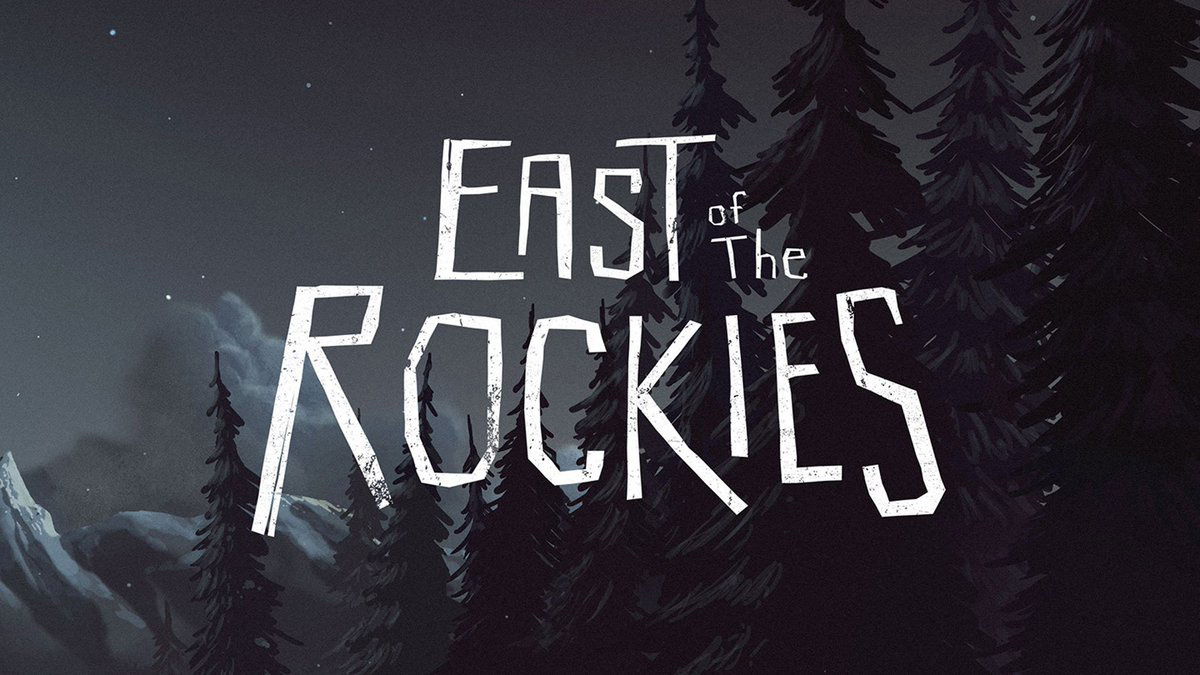Joy Kogawa is a Canadian literary novelist known for her work Obasan (1981), which was a semi-autobiographical account of her time in a Japanese internment camp. In East of the Rockies, Kogawa revisits her past with a new medium.
East of the Rockies is an interactive mobile game developed with augmented reality (AR) technology and stunning art visuals. It immerses the user in the natural environment of Slocan, B.C., and a soft-spoken narrator retells the story of a young girl named Yuki, one of 22,000 Japanese Canadians who were sent to internment camps during World War II.
After the attack on Pearl Harbour in 1941, Japanese immigrants and their Canadian-born descendants were forced into internment camps, the majority of which were in British Columbia. East of the Rockies relays this isolating period piece by piece, allowing the user to maneuver Yuki through locations, play through everyday activities, interact with other characters, and investigate objects and their significance during that time.
Yuki is an idealistic protagonist, hopeful that the hatred from the rest of Canada will dissipate when the nation comes to recognize that they are not Japanese patriots but instead every bit as Canadian as other citizens. As the years progress under Canada’s internment policy, Yuki’s reality grows grim from the harsh conditions of the camp her family originally begins in, to the farm she and her husband later move to where they are “worked like slaves.”
Yuki chillingly writes: “[The mountains] are so beautiful here, I could cry. Then I remember why we are here, and I do.”
The Japanese internment policy allowed the Canadian government to seize all property owned by immigrants and Japanese Canadians, including homes, businesses, motor vehicles, and fishing boats. Japanese Canadians were restricted from entering professions outside of farm work and, after the end of World War II, many were expatriated to Japan. Until 1949, Japanese Canadians were not allowed to return to the B.C. coast; Japantown in Vancouver where Yuki’s family came from was entirely erased. Kogawa notes that today there are no Japantowns in Canada as a result of these heavy measures to suppress Japanese identity.
Several documents appear during the playthrough as informative detours that recount the odious narrative that allowed this national hatred to manifest into full-blown systemic oppression. Signs were posted in Vancouver demanding Japanese citizens leave and telling them that they were hated. Broadcasts depicted Japanese soldiers beheading enemy soldiers. News articles blatantly suggested that Japanese citizens were spies, and politicians declared that they were sub-human.
This hateful rhetoric has been making recurring appearances in modern day Canada. Anti-immigrant sentiments are spray painted on public property, protestors gather on Parliament Hill to rally against the recent UN migration pact, and Facebook community groups are never without a spoonful of animosity. In our last federal election, one proposal by Maxime Bernier, the People’s Party of Canada leader, was to slash the total number of immigrants allowed in Canada from 350,000 to 150,000. He wanted all future immigrants to pass a test to see if they aligned with “Canadian values.”
Don Cherry criticized immigrants, among others, for not wearing poppies in a televised rant on Nov. 9 and was fired for his remarks. This resulted in divided outrage, with many supporters rallying to his defence and lamenting the fact that they’re no longer in an age where they can “speak freely.”
But Yuki was from an era where those in power has seemingly less restrictions on what could be said; in Parliament, speakers remarked that Japanese citizens, regardless of whether they were native to Canada or not, were a threat. Thomas Reid, a then Liberal MP from New Westminster, said in the House of Commons that Japanese people and Japanese Canadians were “only one generation removed from savagery.”
***East of the Rockies has a vital commentary to consider when wading through our current social extremisms, because allowing this hatred to gain traction again can lead to policies that strip the identity and humanity of entire groups of people. It started with Indigenous peoples, it targeted Japanese Canadians, and it could reappear if we are not adamant that these ideologies are inherently unCanadian. There is plenty of freedom to host racist and xenophobic views, but consequences are imperative to ensuring they never wield power in Parliament again.


